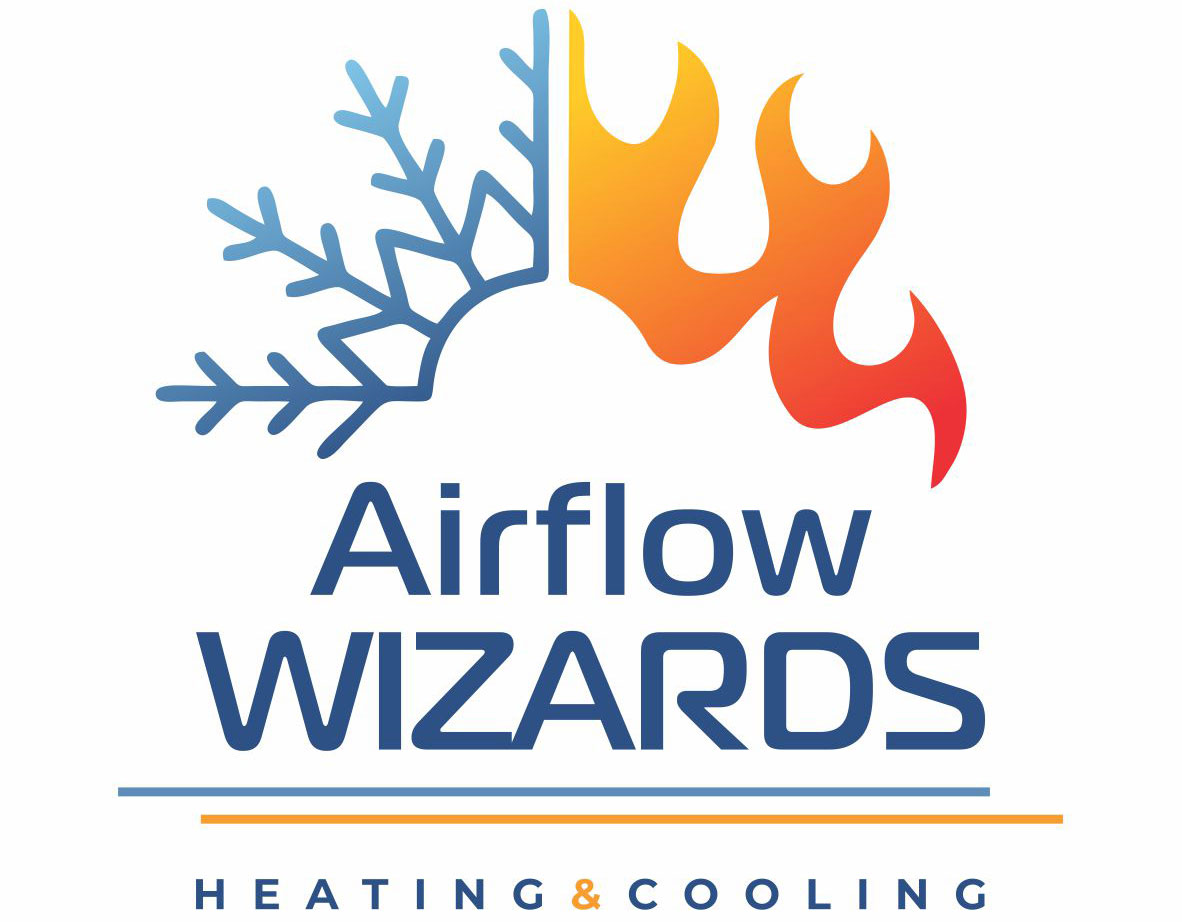In Los Angeles, reliable heating and cooling are essential for comfort year-round. When your HVAC is not turning on, it’s more than an inconvenience: it can affect your indoor air quality, increase energy consumption, and leave your home or business uncomfortable or even unsafe. In this post, we’ll explore the most common causes behind HVAC system failures, how to troubleshoot them, and what steps to take when you need professional help.
Start with the Basics: Common HVAC Issues
Before assuming the worst, it’s worth reviewing a few simple issues that may cause your HVAC not to turn on. In many Los Angeles homes, a tripped breaker, dead thermostat batteries, or a clogged filter may be the culprit. First, check your thermostat settings. Make sure it’s set to heat or cool and that the temperature is correctly adjusted. Next, inspect your circuit breaker and reset it if necessary. A dirty filter can also stop airflow and shut down the system. Replacing it might solve the problem without needing professional intervention.
Electrical Problems and Thermostat Failures
When your HVAC is not turning on despite the basics being in place, electrical faults may be to blame. In Los Angeles homes, outdated wiring or faulty connections often lead to HVAC breakdowns. A malfunctioning thermostat may also fail to communicate with the system, especially in older or improperly installed models. Thermostat miscalibration or internal software issues can cause your HVAC system to stay off entirely. Upgrading to a smart thermostat can offer better diagnostics and improve energy efficiency overall.
When Mechanical Components Fail
Mechanical problems are another common reason why your HVAC is not turning on. Over time, key parts like capacitors, relays, motors, or the compressor can wear out or overheat. If you hear humming but the system doesn’t start, it may be a sign that your capacitor is failing. In other cases, the blower motor might be stuck or broken. Replacing these components requires proper diagnosis and professional tools, so a licensed HVAC technician in Los Angeles should handle this safely and efficiently.
Safety Features That Stop Your HVAC System
HVAC systems include safety switches designed to shut down the unit under risky conditions. These features protect your equipment and prevent hazards such as overheating or refrigerant leaks. Drain pan sensors, flame rollout switches, and high-pressure shut-off valves are just a few mechanisms that might cause your HVAC to remain off. In Los Angeles, especially in high-rise or multifamily buildings, these sensors are more sensitive to clogged drains and poor ventilation. Regular inspections help keep these safety components functioning as intended.
Climate and Air Quality in Los Angeles
Los Angeles presents unique environmental challenges that can affect HVAC systems. From smog and airborne debris to intense heatwaves, these factors can clog filters, coat condenser coils, and overload cooling systems. When your HVAC is not turning on in the middle of a hot day, the outside temperature could be pushing your system beyond capacity. Frequent filter changes, routine coil cleaning, and shaded unit installation can help reduce environmental stress on your system.
When to Call a Los Angeles HVAC Professional
If you’ve ruled out thermostat issues, electrical problems, and clogged filters, it’s time to contact an HVAC technician in Los Angeles. Reputable companies will perform a full diagnostic to locate the root cause. This includes checking refrigerant levels, inspecting ductwork, and verifying system pressures. Attempting complex repairs without certification can void warranties or lead to bigger problems. A professional HVAC company will ensure your system is safe, compliant with building codes, and fully operational.
Preventing Future HVAC Failures
Keeping your HVAC system in working condition means adopting regular maintenance habits. Schedule seasonal tune-ups, especially before the intense Los Angeles summer or cooler winter months. Change filters monthly during high-use periods. Make sure outdoor units remain clear of leaves and debris. Clean your evaporator and condenser coils annually to prevent strain on the system. These small actions can go a long way toward ensuring your HVAC system never fails to turn on when you need it most.
When your HVAC is not turning on, the issue may range from a simple thermostat setting to complex mechanical failure. In Los Angeles, where climate extremes and air quality pose additional challenges, timely intervention and ongoing care are key to HVAC performance and longevity. Whether you’re troubleshooting at home or calling in a certified technician, understanding the reasons behind a non-responsive system can help you make informed decisions and maintain indoor comfort year-round.
